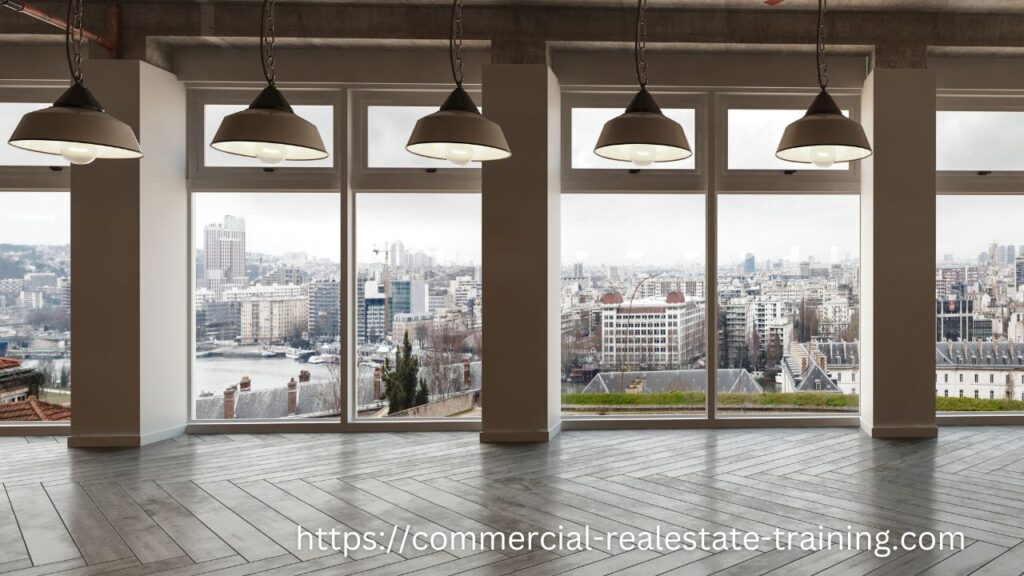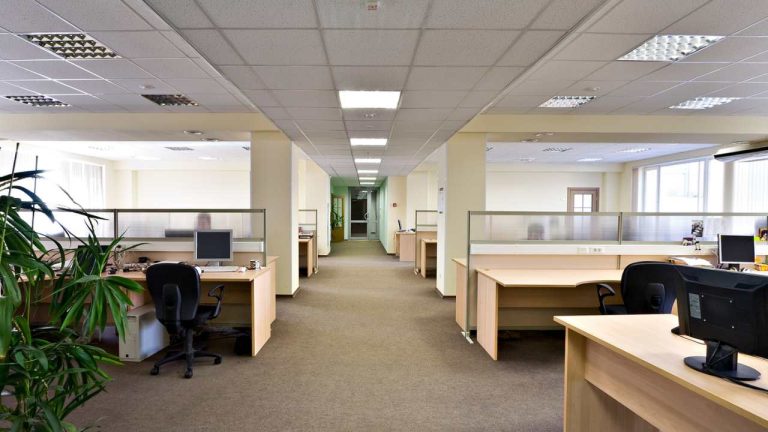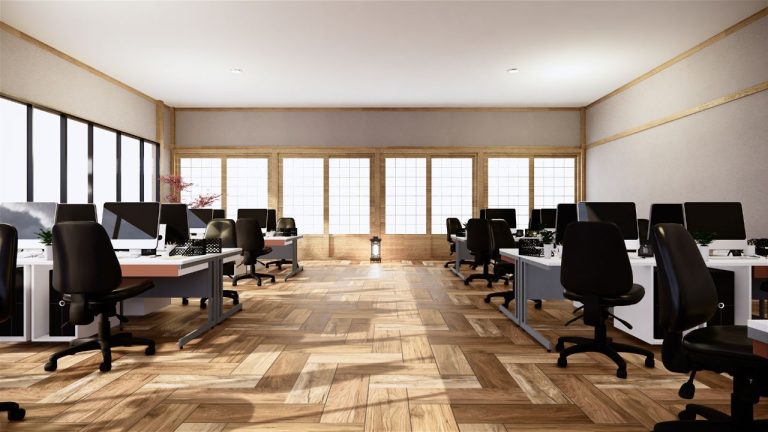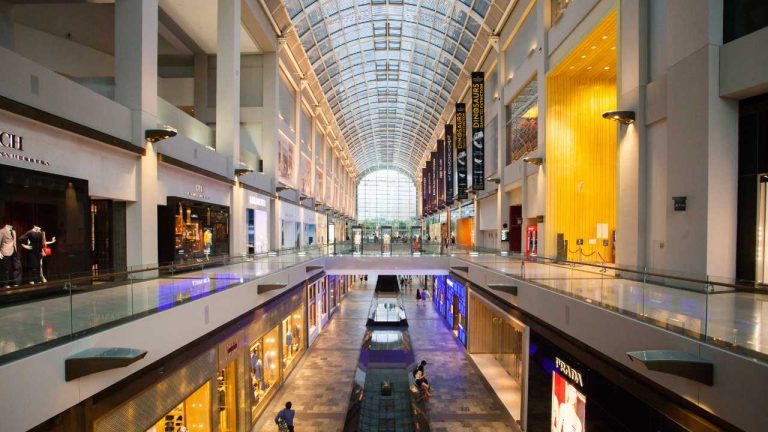8 Things Commercial Real Estate Leasing Brokers Must Know
In commercial real estate leasing, you can drive some valuable commission and listing opportunities your way if you specialize in a location and a property type. Leasing requires a good working knowledge at a personal level of rents, vacancies, and leases.
Across all those factors, you must also know a good number of tenants and landlords. That fact is non-negotiable; your database is central to the process.
Where can you start your efforts in this part of the property industry? Here are some ideas to help. If leasing is a part of the property market for you, then your database of tenants will be critical to the enquiry and momentum that you create with inspections and lease offers.

Focus on Quality to Get Leasing Traction
It should also be said that the quality of buildings, landlords, and tenants that you work with or for will also be a big part of building your commission momentum. Start to hone your leasing focus, so you are attracting and working with the better people and buildings.
So here are some critical elements of the leasing job that are a ‘necessity’ for brokers and agents in any town or city:
- How to read a lease – there are many different types of leases and reading them is part of knowing how to negotiate lease terms and conditions. Some of the lease terms will be relative to the investment targets of the landlord and or the building, so there are a few things to review as part of working with any vacancy.
- How to negotiate a lease with variable terms – the client will always have elements of negotiation that should be fed into the lease negotiation. Some of those elements will be based on rental type, property type, the existing tenant mix, outgoings recovery, rent reviews, lease duration, and option periods. Get to know what a client wants with these things and what would be ‘commercially sensible for the location and property.
- Landlords and intentions – some clients as landlords want to redevelop the asset at some stage in the future. That will be a fact that should be merged into any lease negotiation and discussion with tenants. Renovation and relocation clauses will be required if that property upgrade is to be a future fact that the landlord is focusing on.
- Tenant pressures and changes – some tenants come and go from a property and lease occupancy. Staying ahead of lease changes and tenant intentions is important. That usually involves meeting with the tenant on a regular basis to see what they are thinking and asking them about their business activities.
- Rental levels by property type – understand the levels of rent that exist currently in the location and across the property types. There will be differences with gross and net rents.
- Rental levels by building – some rents will already be set in a large building that you may have available for lease. If you have another vacancy to fill, then the existing rents will have relevance to your existing lease deal. Make sure you understand those other rents, and that you are comparing rents correctly with both net and gross conditions; ensure that any comparable rents from elsewhere in the property are not artificially inflated due to fixed percentage increases. Market rents are those that are set by market conditions, and that involves negotiation; not fixed percentage increases.
- Lease marketing methods – when you determine your lease strategy, the targeted groups of tenants will have an impact on your marketing methods. You can advertise both online and offline; either way, there should be a lease marketing campaign that taps directly into the targeted audience of tenants and businesses in a location. Sometimes you can promote the vacancy regionally and nationally if the franchise groups and larger businesses are likely to show an interest. Set your marketing approach and review your progress as you go.
- Vacancy factors and future supply – know where the other vacant properties may be located and then get the rental details of each. Tenants compare premises and rental offerings before they decide, so ensure that you have all your bases covered with those other competing properties. There will also be a fluctuating demand factor for local property through the year, and that fact will be driven by location, business sentiment, property offerings, rental levels, and national economic circumstances. There are things to know here and watch from a supply and demand leasing perspective. New property developments coming through the supply chain can also change the balance of future supply and demand.
So, there are some definite things to know here with leasing commercial or retail property in your location. There is no doubt that leasing vacant premises can be very lucrative if you focus on the better properties in your location and the better landlord clients. When you control the good quality leasing stock, then the enquiries will flow to you much more freely.







